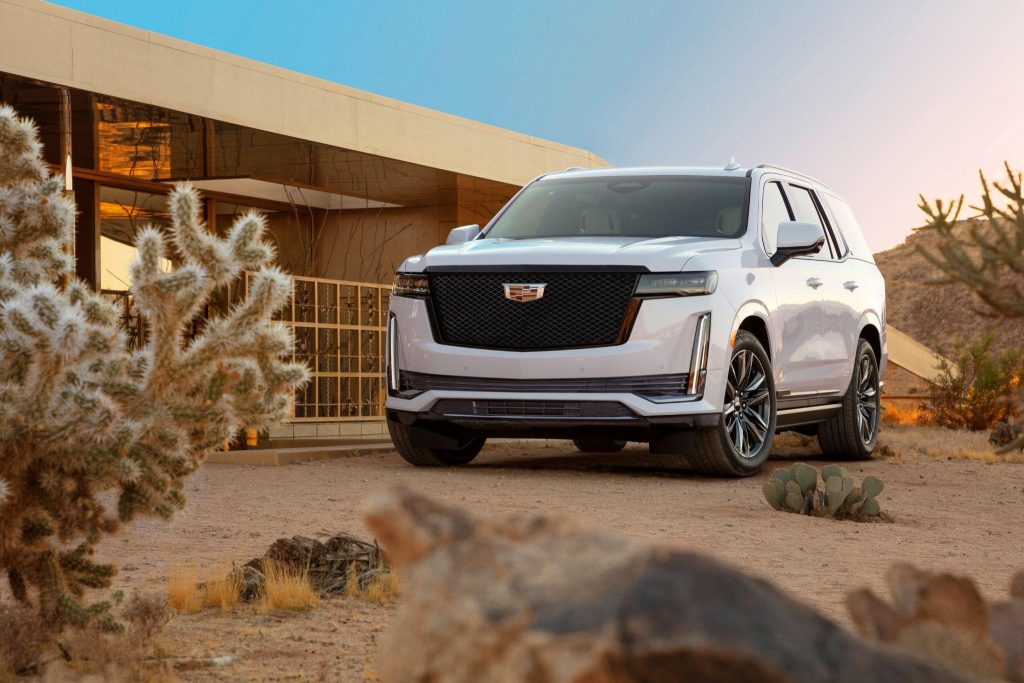Sports utility vehicles are extremely popular in a number of markets, and they come in just about every size, shape, and quality. From small, affordable crossovers to full-size, ultra-luxury SUVs, each has its appeal, as well as a few inherent drawbacks. Of course, savvy and patient consumers won’t settle for less than the best. To that end, here are some of the best ways to invest your money in a new car:
The Small
For city living, few cars are better-suited than a small crossover. They are the perfect size for fitting into the cramped parking spaces that developers seem to think are sufficient, and traffic becomes less hassle when you can weave through it between the larger, more cumbersome vehicles. But in a world where bigger is often seen as better, especially in regions like the USA, why should you consider one of these smaller models?
Well, you don’t need an inordinately large vehicle in order to fit your family and their stuff. Innovative design and creative use of space can give you everything you really need, as is evidenced by the Toyota RAV4, the top-selling SUV in America. The Honda CR-V held a top spot for a long time before that, but now the Hyundai Kona and Mazda CX-30 are more capable options.
But looking at what the premium automakers have to offer, the Volvo XC40 Recharge is one of the best compact luxury SUVs. It’s also a fully-electric vehicle, which is the route many brands seem to be taking. However, few have made the same strides that Tesla has when it comes to driving range and battery technology.
If EVs aren’t your thing, then the Lexus NX and Genesis GV70 are great alternatives. They are also cheaper than your regular luxury SUV, like the BMW X3 or Porsche Macan. There is also the Ford Mustang Mach-E. Traditionally, Ford has not been seen as a luxury brand, but the Mach-E is proof that it can reach such levels when it tries. Both the brand and the nameplate have a reputation for delivering superior levels of practicality while still being fun and affordable.

The Big
If you are in the market for something a bit bigger, there is no shortage of choices. Some of the largest SUVs are flagship models from luxury brands, with a good example being the Cadillac Escalade. Luxury SUVs with 3 rows of seats are relatively rare, and those that do exist don’t really do it well. The Escalade ESV, the extended wheelbase version, is one of the better ones. The Lincoln Navigator L is not a bad choice either, but it lacks the opulence of the Caddy.
In fact, few can rival the Escalade’s cabin, which is built using materials that can rival what the Germans use. It is also well-appointed with loads of tech and a fair number of driver-assistance features.
However, if you won’t settle for less than one of the top European cars, then the BMW Alpina XB7 and Mercedes-Benz GLS-Class are excellent options. The BMW focuses more on performance, with 612 horsepower on tap and refined xDrive handling. Meanwhile, the GLS-Class is all about comfort and pampering in the lap of luxury and style. Both can and often do exceed the six-figure price point, though.
For something a bit more rugged, there is the Land Rover Range Rover. This modern classic is one of the few truly capable off-roaders in the luxury segment, but it balances this with a refined interior and plenty of cutting-edge technology.
It’s important to have them regularly maintained, such as having annual Land Rover diagnostics done, to make sure it runs smoothly though!
It is even available as a hybrid, which is rare in off-road-focused vehicles, and the 48-mile all-electric range makes it much thriftier around town than you’d expect from such a large and heavy vehicle. Then again, fuel economy has never been much of a concern for shoppers in this segment.
This may change as Mercedes-Benz releases more of its EQ line and BMW and Audi play catchup. The combustion engine is quickly becoming a relic, and models like the Escalade will quickly need to abandon their six- and eight-cylinder engines in order to keep up with the evolving market. But, considering the weight of a full-size SUV, it may be a while before we see them reaching the mileage figures that Tesla boasts on many of its latest cars.
The In-Between
If you’re looking for a Goldilocks car that meets all the necessary criteria without being excessive in any one area, then a midsize luxury SUV might be just the ticket. These are ideal for slightly larger families that still like to keep a tight belt. There are also a lot of hybrid and EV options. The Volvo XC90 is one of the most accomplished vehicles in this classification, combining a spacious cabin with loads of style and an absolutely sublime suspension. It can technically support three rows of seats, but the cramped third row makes it work much better as a normal five-seater. The engine is also not as great as you’d find under the hood of its German peers.
If you want something a little sportier, the Mercedes-AMG GLE-Class comes equipped with a potent turbocharged inline-six. Fuel economy takes a hit in exchange for the enhanced performance, but ride quality is excellent and the interior is as flawless as you’d expect from a Merc. It’s also surprisingly affordable considering the segment it competes in. And if a low sticker price is important to you, the Genesis GV80 is a capable alternative that matches a high-quality interior with a great standard specification.
One of the best value propositions is the Cadillac Lyriq, though. It may not be quite as luxurious as the aforementioned European models, but it comes pretty close. It also has an amazing all-electric powertrain that is both capable and frugal, with a driving range of 312 miles, which is decent for the classification. The standard safety and infotainment suites are good, if not amazing, but there is plenty of cabin space with up to 60.8 cubic feet of cargo room if you fold the rear seats down.















